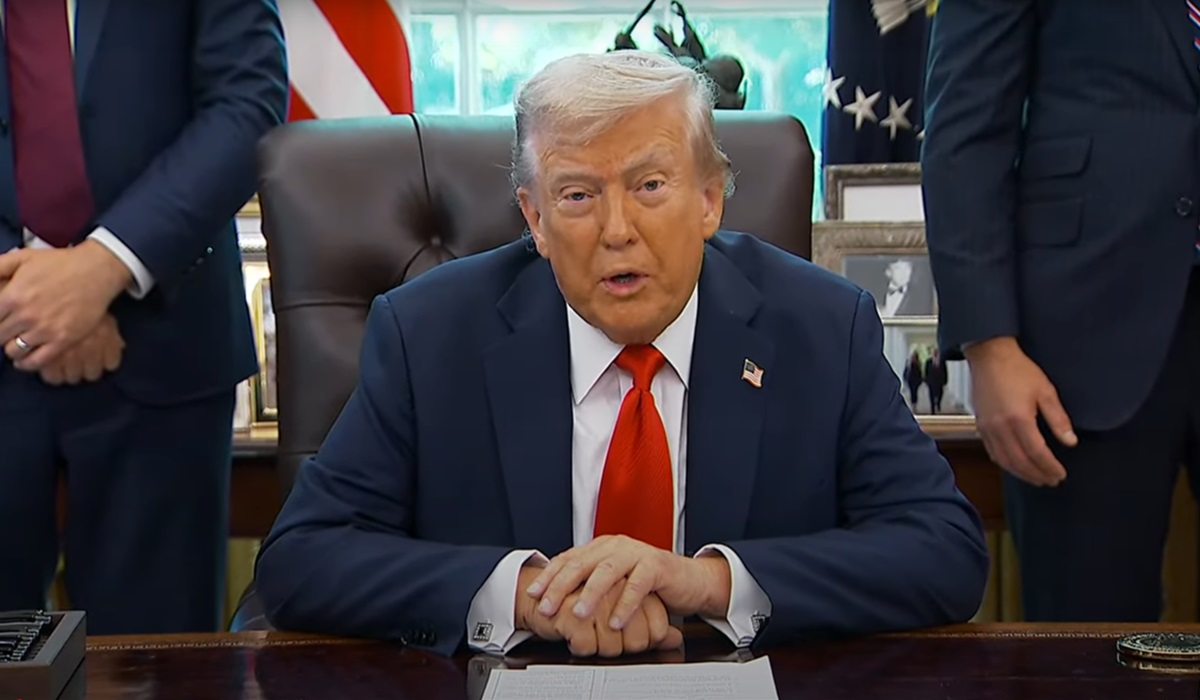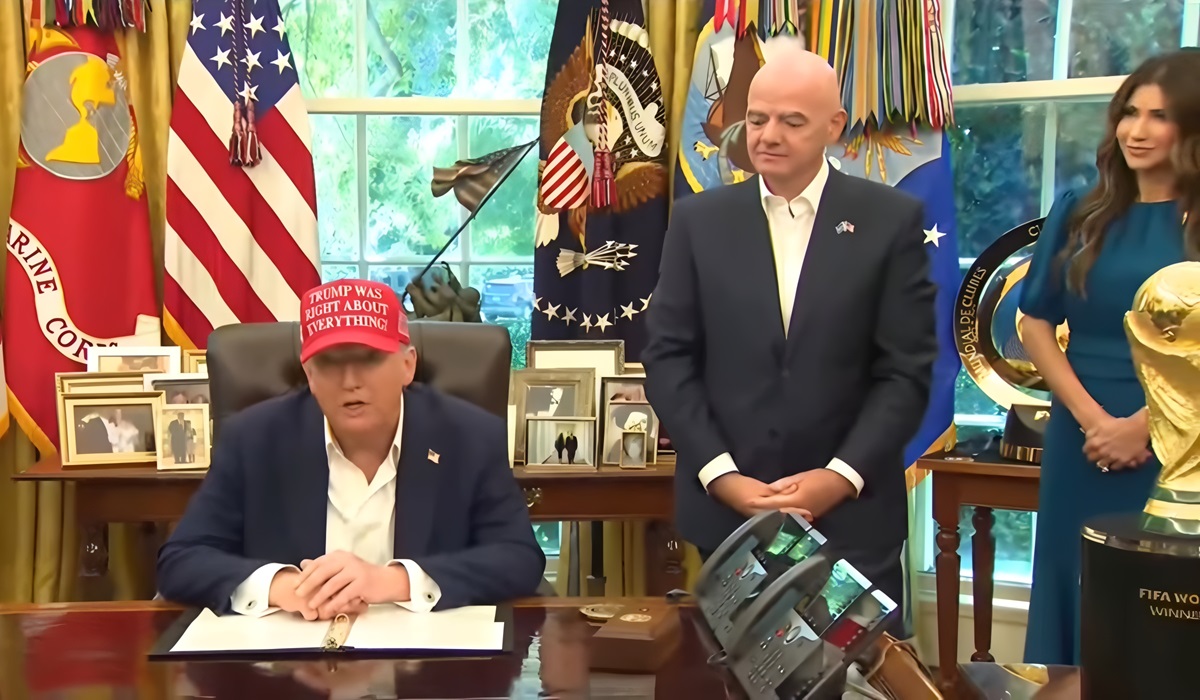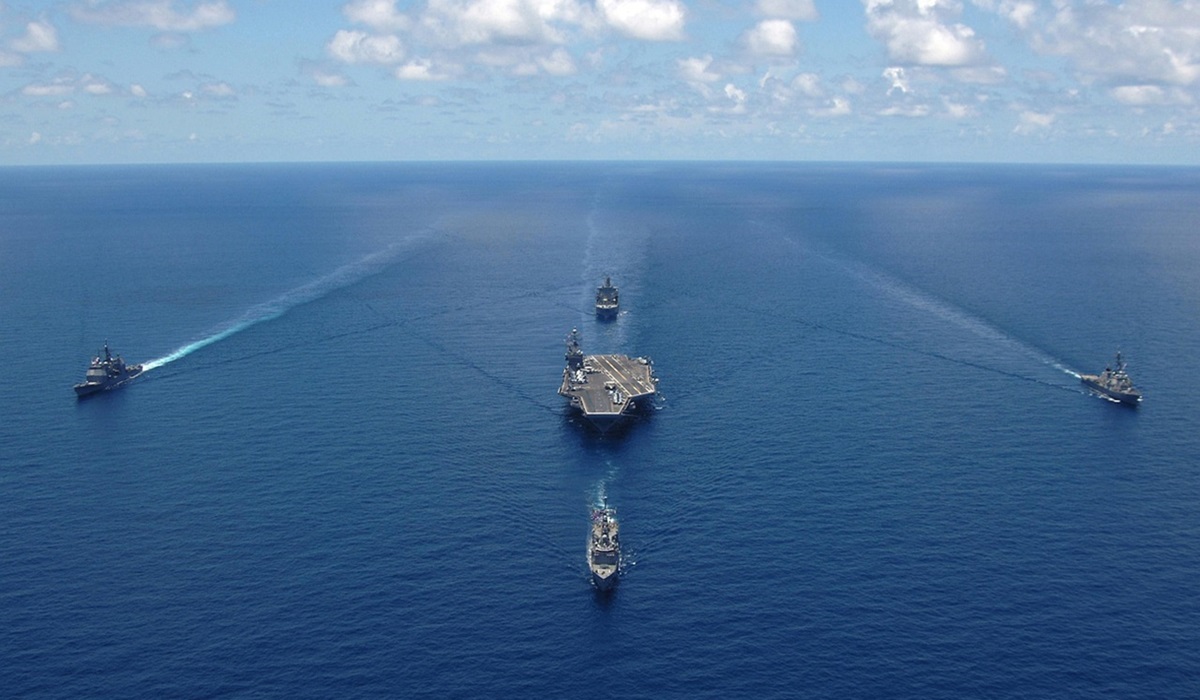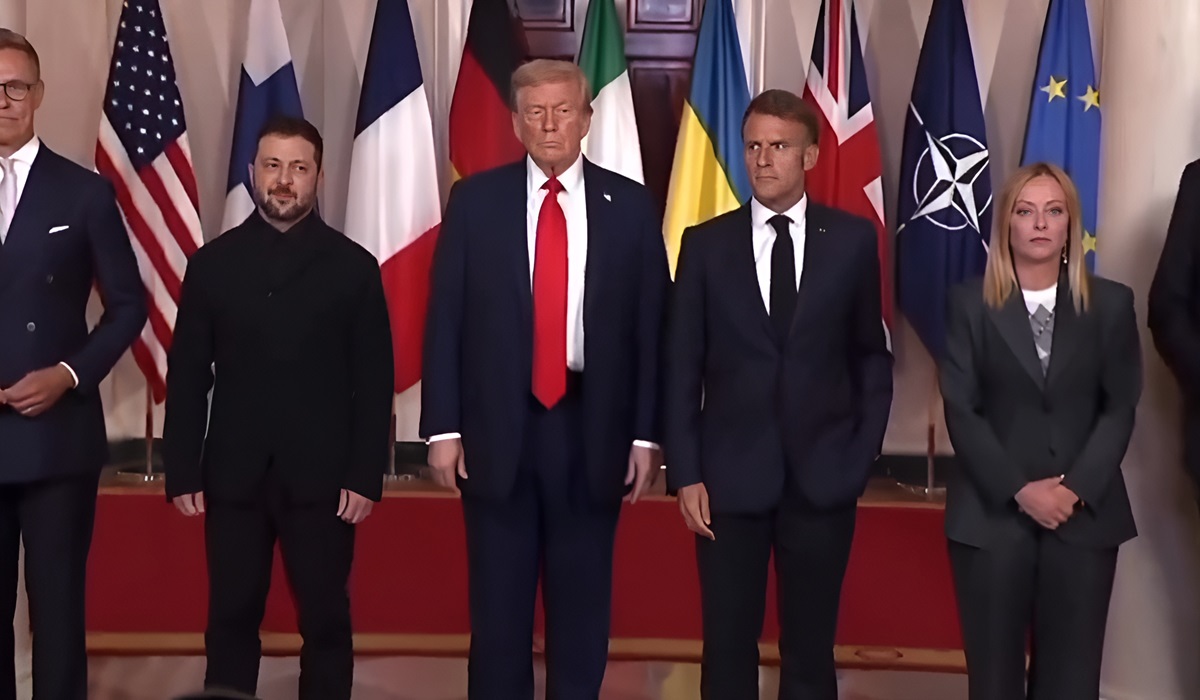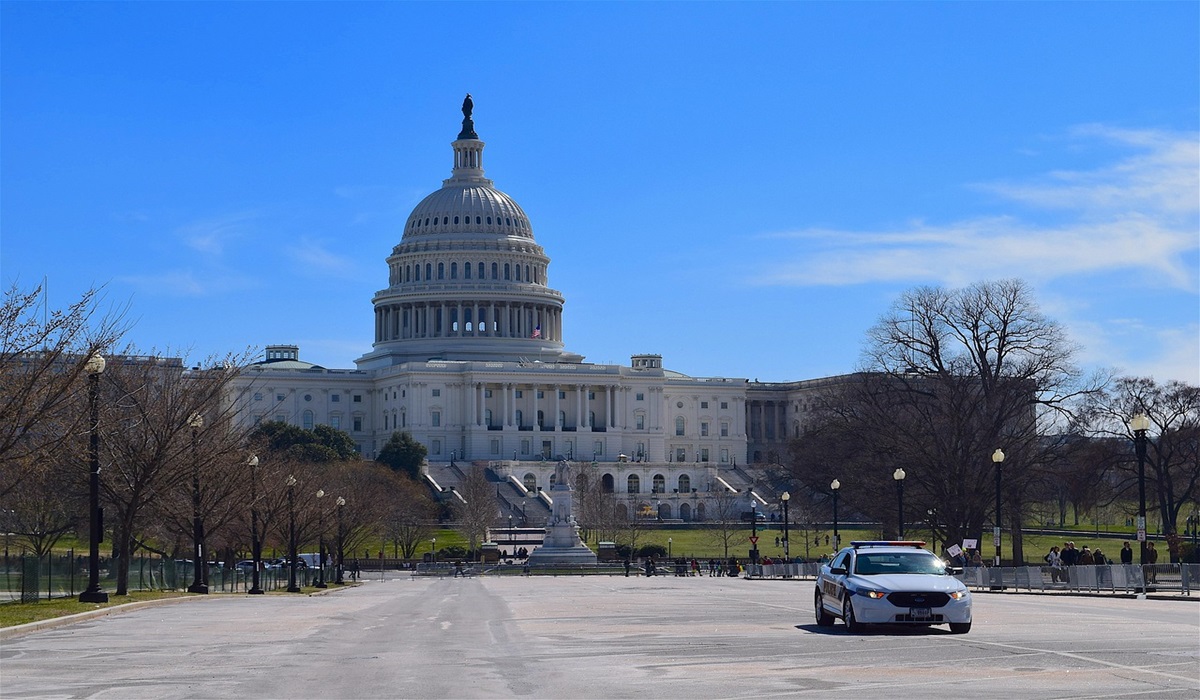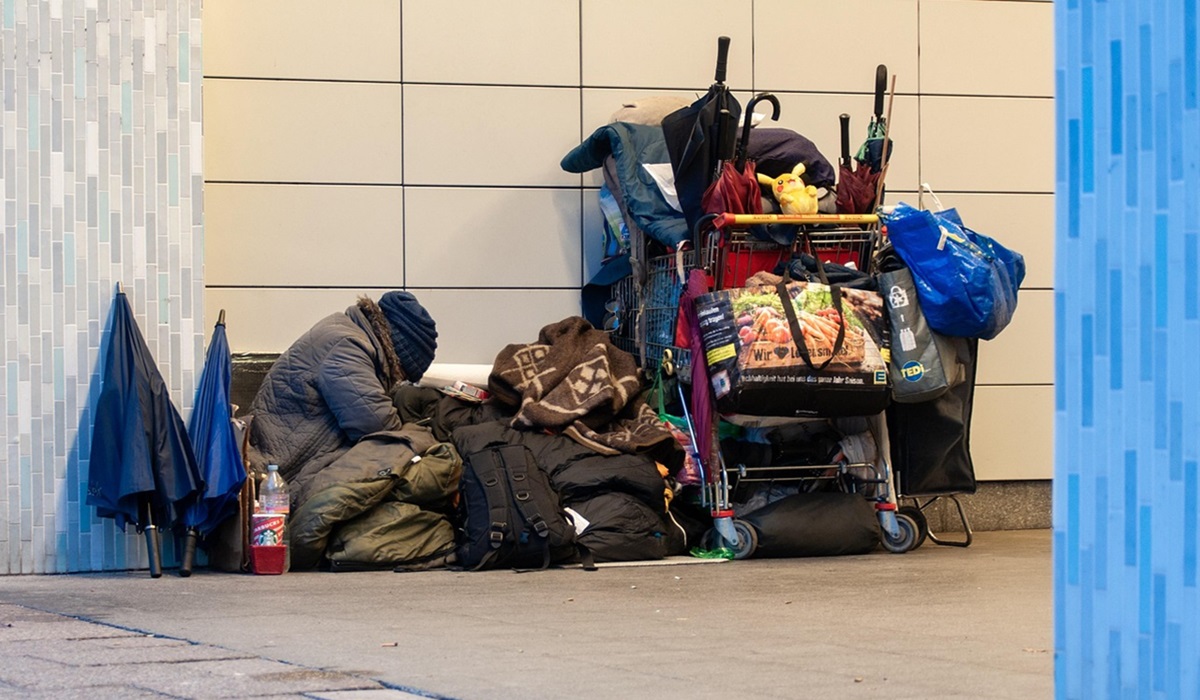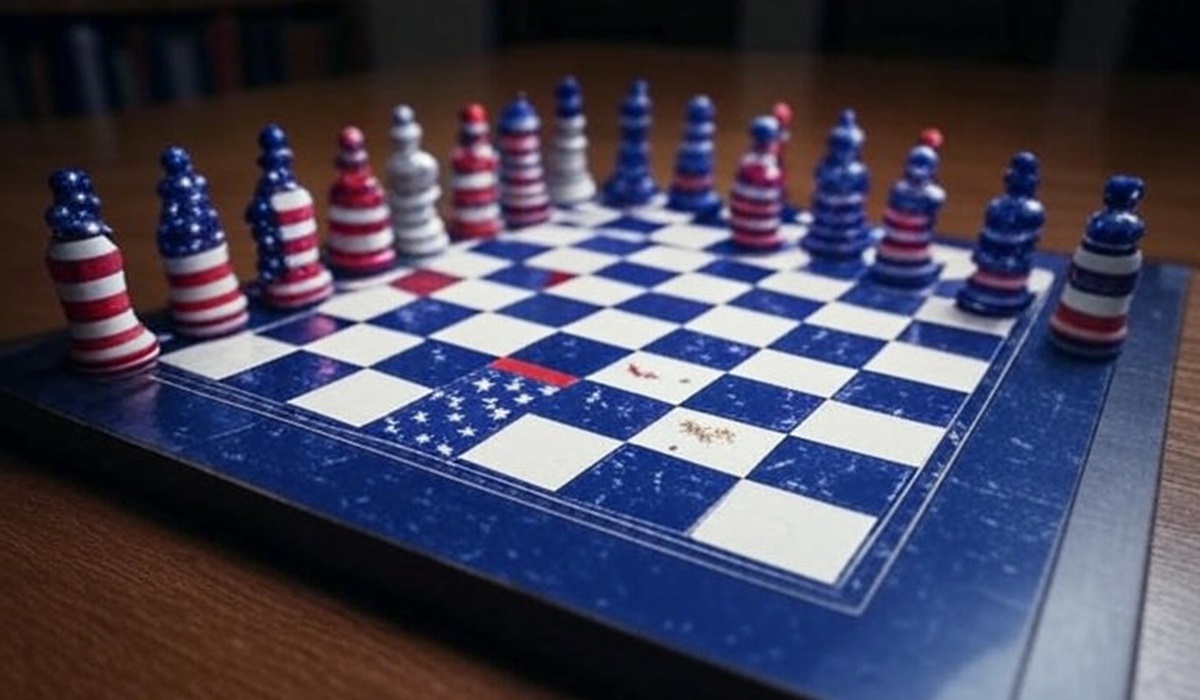Trump’s Liberation: The Day at the Terrace, Retaliation, and Global Shockwaves
- Kingston Bailey
- U.S.A
- April 3, 2025
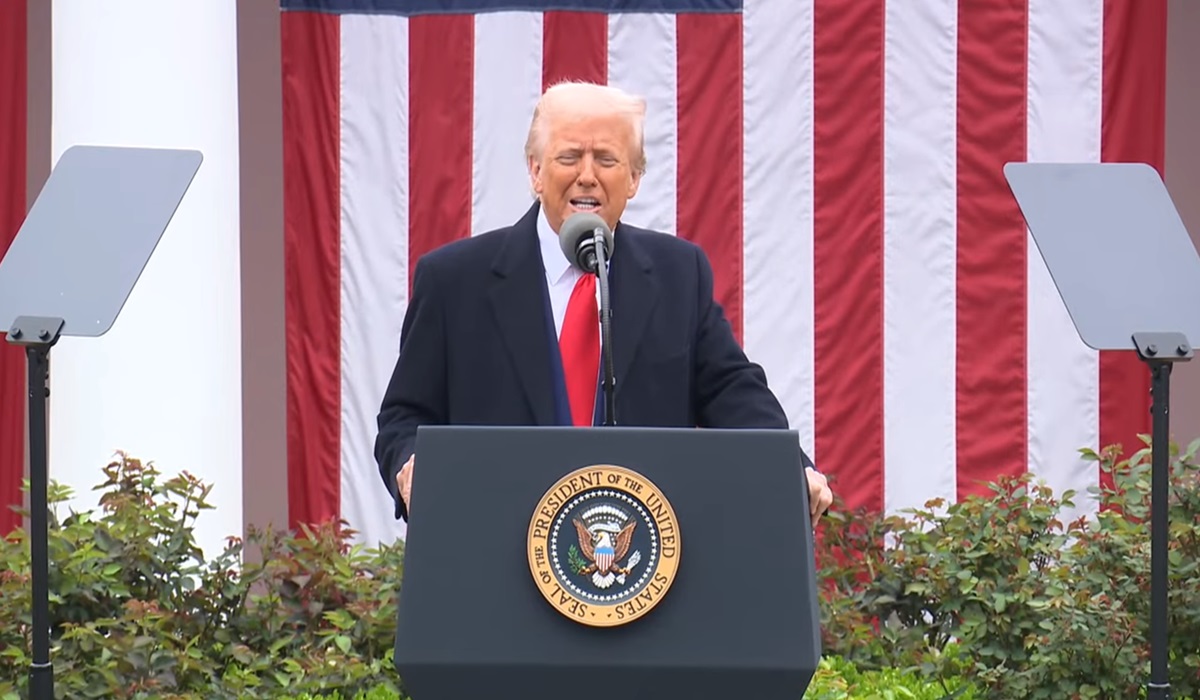
Donald Trump’s so-called “liberation tariffs” are not merely an economic strategy—they’re a declaration of war on global trade as we know it. Emboldened by a political resurgence and flanked by economic nationalists in his inner circle, Trump is now promising to impose sweeping tariffs that would dismantle decades of international trade agreements, disrupt supply chains, and drive up consumer costs across the board. These aren’t targeted policies with surgical precision. They’re sledgehammer economics dressed up as patriotic revivalism.
At the core of Trump’s tariff agenda is a universal 10% tax on all imported goods. No exemptions, no nuance—just a flat-rate toll on everything entering U.S. ports. This move would shatter the norms of trade policy, upending agreements that underpin the global economy. Trump’s justification is that it will bring manufacturing back home, but the consequence will be higher prices on everything from cell phones to kitchen appliances. Economists across the spectrum warn this would act as a tax on consumers, hitting working- and middle-class Americans hardest.
But he doesn’t stop there. Trump has vowed to slap a staggering 60% tariff on all Chinese imports. Not just tech products, not just solar panels—all of it. This all-encompassing economic wall would push inflation into overdrive, disrupt industries reliant on Chinese components, and send a clear message to Beijing that trade relations are now a zero-sum game. Unlike strategic tariffs aimed at specific sectors, this is brute-force economics designed to punish rather than negotiate. The risk of full-blown trade war escalation would be near certain, with devastating effects on global markets.
In addition, Trump wants a 100% tariff on Chinese electric vehicles. The aim is obvious: kill off any chance of China dominating the American EV market. In practice, this would also slow America’s transition to clean energy and green infrastructure. While the Biden administration has taken steps to address allegations of Chinese overcapacity, Trump’s approach is total decoupling, even if it sets climate goals on fire.
Perhaps most concerning is his willingness to go after allies. Trump has signaled an intention to reinstate steel and aluminum tariffs against Canada, the European Union, and other NATO partners—nations the U.S. supposedly relies on for cooperation in defense, security, and diplomacy. During his first term, these tariffs triggered retaliation and legal challenges at the World Trade Organization. A second round would reopen old wounds and destabilize Western alliances further at a time when global cooperation is sorely needed.
Trump is also threatening auto tariffs on Mexico and South Korea, accusing both countries of undermining American manufacturing. Such measures would upend existing trade pacts like the USMCA, blow holes in cross-border supply chains, and provoke swift retaliation. In the pharmaceutical sector, Trump has floated tariffs on foreign-made drugs to incentivize domestic production. But with the U.S. heavily reliant on India and China for pharmaceutical ingredients, such a policy could lead to shortages and skyrocketing costs for essential medicines.
Farmers, too, are back in the firing line. Trump’s threats to impose retaliatory tariffs on countries restricting U.S. agricultural exports could reignite the trade conflicts that devastated American agriculture during his first term. China’s previous counter-tariffs on soybeans and pork nearly crushed entire regions of the Midwest. There is no reason to believe round two would end any differently.
These “liberation tariffs” are not about free and fair trade—they are about control, punishment, and nationalism. Trump sees the global economy not as a web of cooperation, but as a battlefield where loyalty must be enforced through economic pain. The result is a blueprint for chaos: soaring prices, broken alliances, and a global trading system strained to its limits.
The world is not just reacting—it is preparing for a second Trump presidency with contingency plans and countermeasures. China, the EU, and even traditional allies like Canada and Japan are quietly laying the groundwork for resistance, diversification, and retaliation. The WTO, already weakened, could find itself irrelevant under the weight of Trump’s scorched-earth tactics.
Trump’s liberation may be his own, but his tariffs will shackle the rest of the world in a cycle of retaliation and uncertainty. What he calls economic independence is, in reality, global instability by design.


